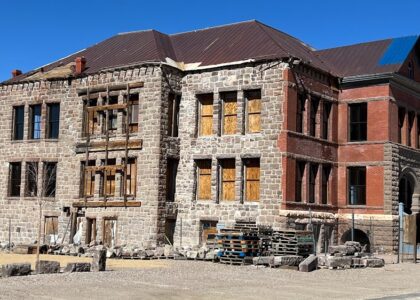Welcome to Kennedy Park, a place where history, nature, and community converge in Fort Dodge, Iowa. While the park today offers a serene retreat with its lush landscapes and recreational facilities, its story is deeply intertwined with the region’s rich past.
Kennedy Park is situated in Webster County, an area that played a significant role in the early development of Iowa. The history of this region dates back to the mid-19th century when Fort Dodge was established in 1850. Originally known as Fort Clarke, the military post was renamed Fort Dodge in honor of Henry Dodge, a governor of the Wisconsin Territory. The fort was strategically placed at the junction of the Des Moines River and Lizard Creek, a location central to trade and defense.
As you explore Kennedy Park, imagine the bustling village led by Wahpekute Dakota leader Sintominiduta, who spent summers here by the Des Moines River in the early 1800s. This village was once one of the largest communities in Iowa, with an estimated population of 5,000, far surpassing the size of Des Moines at the time.
In the late 19th century, Fort Dodge became a hub for gypsum mining, with the establishment of the Fort Dodge Plaster Mills in 1872. This industry was crucial for the area’s economy and contributed to the town’s growth and development.
The park itself has evolved over the years, becoming a beloved spot for locals and visitors alike. It was named after an influential figure in the community, although the specifics of its naming are not thoroughly documented. Today, Kennedy Park is known for its recreational offerings, including the beautiful Badger Lake, which provides opportunities for fishing and boating, and the Children’s Forest, a unique space for children to learn and play.
Kennedy Park stands as a testament to the enduring spirit of Fort Dodge, reflecting both the natural beauty and historical significance of this Iowa community. As you enjoy your time here, remember the stories of those who came before, shaping the land and leaving a legacy that continues to enrich the lives of those who visit.



